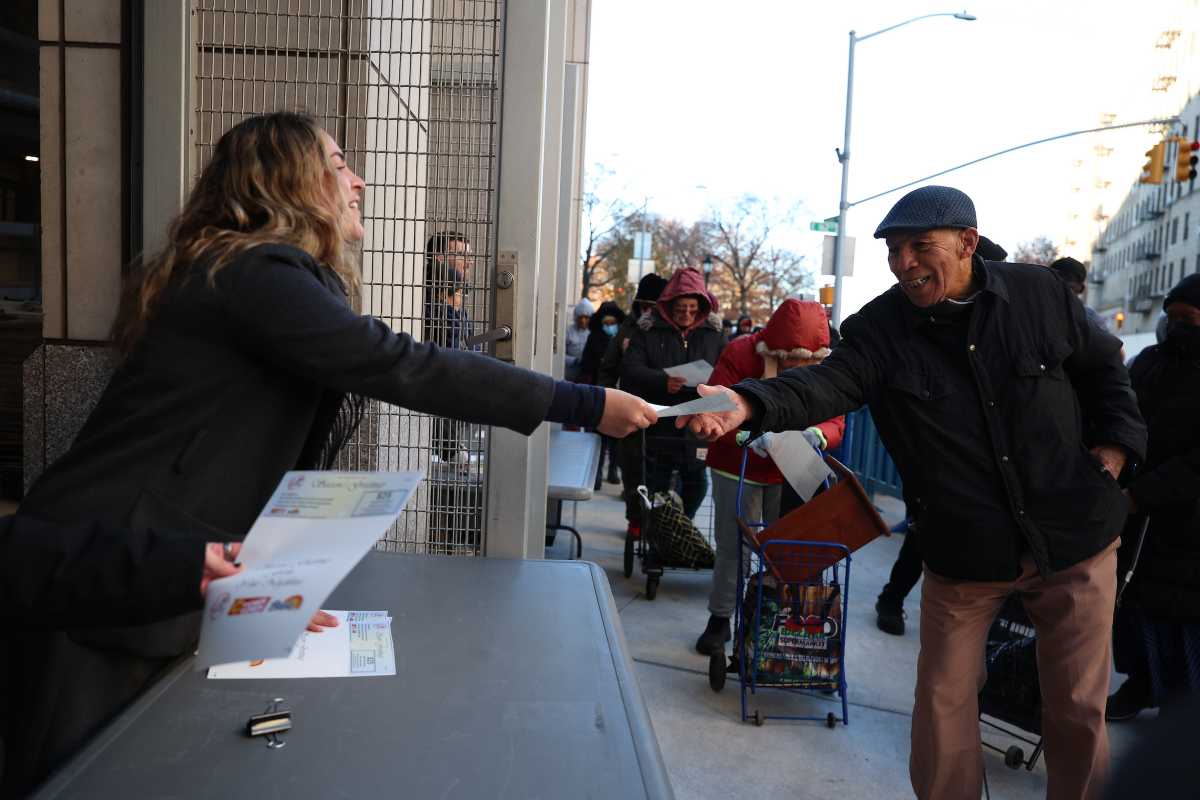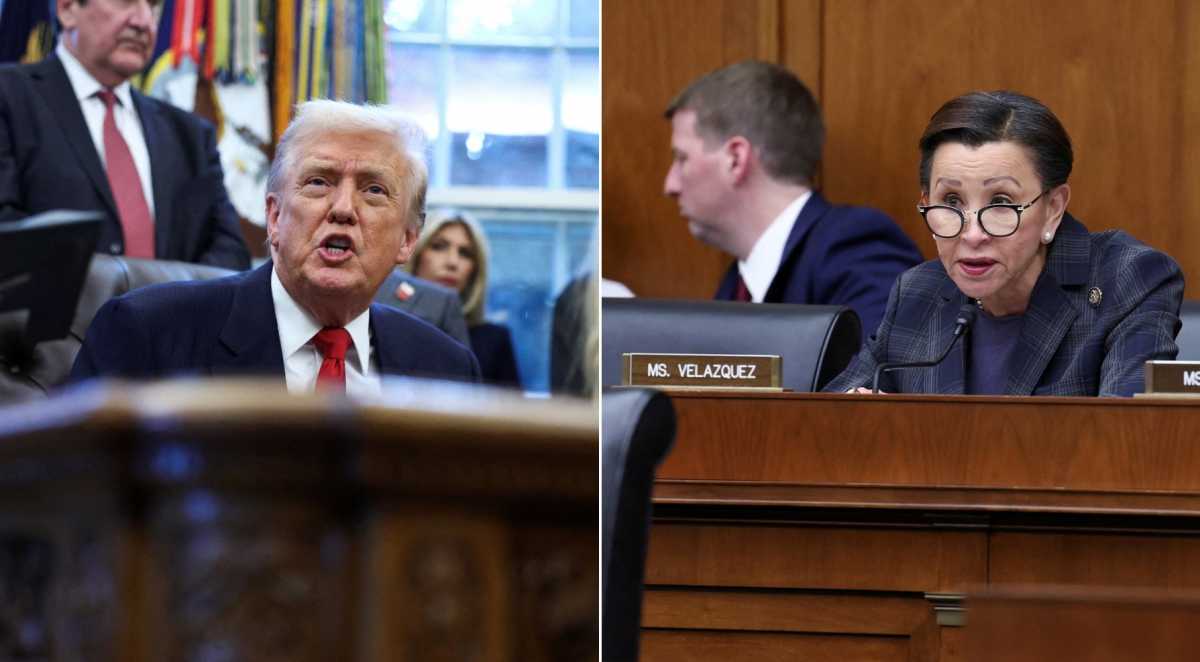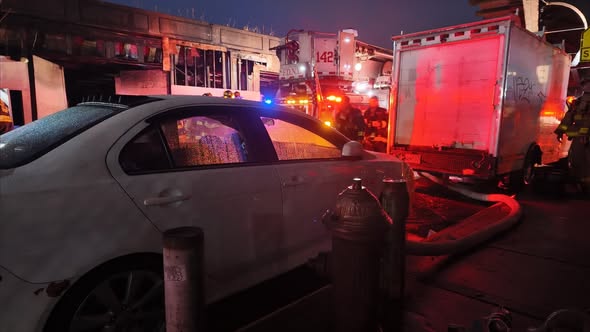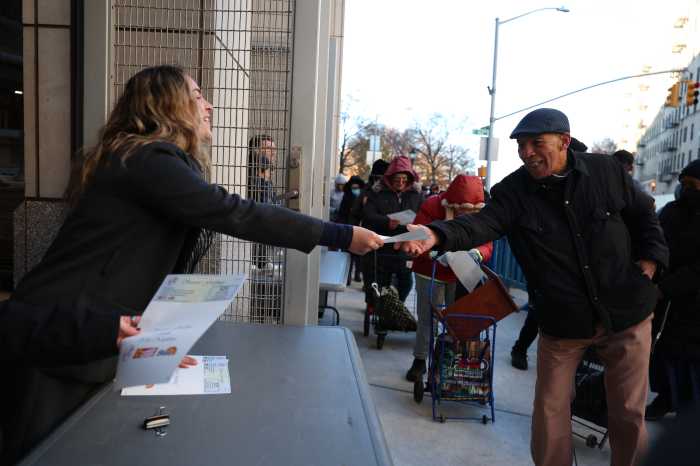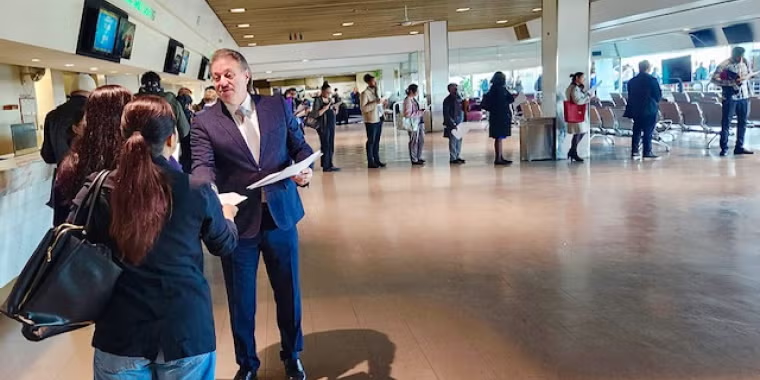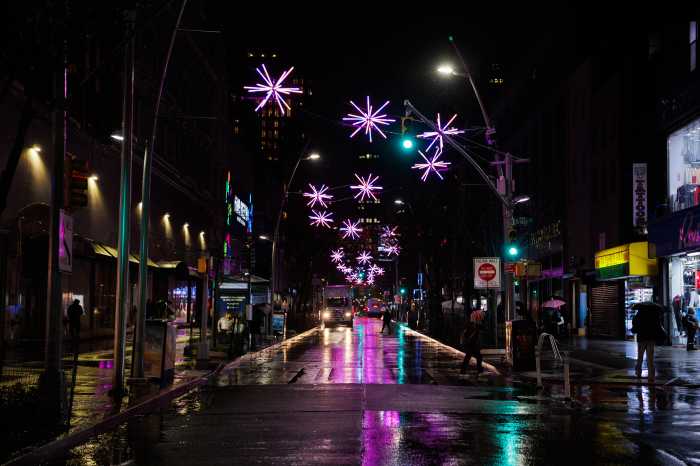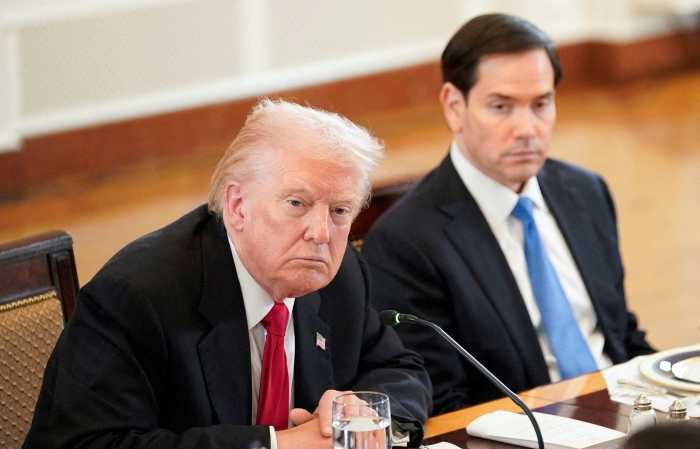By Melanie Wallis
Certain East Side business owners and landlords were recently informed of the possible acquisition of their buildings to make way for the Second Ave. subway line. The Metropolitan Transportation Authority has issued a preliminary list of all the properties that will be partly or fully acquired for station entrances or ancillary facilities, such as airshafts and ventilating systems.
It is thought that 256 residents and employees, from 23rd St. to the South St. Seaport, will have to relocate because of the acquisitions. Stephen Shanaghan, owner and manager of Pangea restaurant at 178 Second Ave., said he has not yet been in talks with the M.T.A. over the possible acquisition of his location. “We have had no correspondence at all; we had the people from M.T.A. boring holes and surveying the neighborhood last summer but nothing was mentioned about building acquisition,” Shanaghan said.
According to the M.T.A.’s plans, the five-story building with Pangea on the ground floor, which is situated in the middle of the block, will be full acquired and used as an ancillary facility. Based on the M.T.A.’s information, eight full-time employees and six residents would be displaced.
Shanaghan is not happy at the thought of relocating. “It’s not an option,” he said. “Restaurants do not relocate. Success is partly due to where you are; people associate you with location.”
The restaurant, at 11th St., has been on the block since 1986 and Shanaghan had inquired about the Second Ave. subway project when he moved to the neighborhood. Residents told him they thought there wouldn’t be much more disruption, since the dynamiting [to make a portion of the subway tunnel] in the East Village had been done in the late 1960s, just before the project stalled due to the city’s fiscal crisis.
As to whether the currently designated properties will be the ones finally used, the M.T.A.’s position is: “It is possible that additional property or different property will be acquired” as the project advances.
Tienley Co. Inc., an importer of Asian foods, occupies a two-story warehouse at 125 Chrystie St. that will be fully acquired under the Second Ave. subway project. The manager, who requested anonymity, said he bought the building as a family investment and is unhappy at the prospect of having to give up his building to the city.
“We worked all our lives to have an investment, and the M.T.A. want to take the building. It’s not fair to destroy people’s dreams,” he said. He suggested the M.T.A. locate ancillary subway facilities in Sara Delano Roosevelt Park, which is located on the other side of Chrystie St. and runs from Houston St. to Canal St.
Large institutional facilities such as The New York Eye and Ear Infirmary, at the corner of 14th St. and Second Ave., will also be affected. The M.TA. plans to partially acquire the Eye and Ear Infirmary’s basement, and fully acquire the street-level optical shop, Opti-tech. Jean Thomas, an infirmary spokesperson, said while there is concern about the impact such a major construction project would have on the infirmary’s patients and patient-care facility, the East Side will benefit from the new subway.
“The New York Eye and Ear Infirmary draws patients, physicians and employees from all five boroughs, so we are supportive of the need for transportation on the East Side for all concerned,” Thomas said.
The M.T.A. is permitted to acquire buildings and land it needs under the state’s Eminent Domain Procedure Law. The federal Uniform Relocation Assistance and Real Property Acquisitions Policies Act of 1970 ensures that relocation assistance and compensation is provided to displaced occupants. The federal law also requires the M.T.A. to find comparable replacement dwellings of those who have rent-stabilized apartments. If new apartments comparable to the tenants’ former rent-stabilized apartments cannot be found, the M.TA., according to documents on its Web site, will “develop a compensation program for affected tenants.”
The first phase of construction on the $16.8 billion Second Ave. subway project is scheduled to start this December on the Upper East Side, which is the first of four stages. The first stage is slated to be completed in 2011, and overall completion of the 8.5-mile line is projected in 2020
















